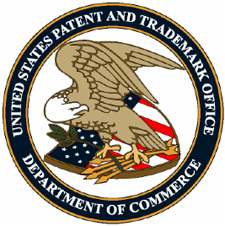If you are considering filing a patent, you should know about the new patent rules effectinve on March 16, 2013. Most importantly, patent rights will switch from “first-to-invent” to “first-to-file.” Before we continue, I am not a lawyer; I’m just a dumb blogger. Seek actual legal advice about the new patent laws if you think you might be affected.
As I understand it, the first-to-invent model worked basically like this: You invent rocket shoes on April 1, 2010 and start working on a patent application, which you file one month later. The guy next door you independently invents rocket shoes (what are the odds!) on April 10, 2010 and files a patent one week later. He got his patent application in first, but under first-to-invent, you, not your neighbor, might have the right to the patent. You would still, I assume, have the right to contest that application.
The new rules, which put the US in line with European, Canadian, and Japanese patent law, is “first-inventor-to-file.” Under this model, you should use those new rocket shoes to race to the patent office.
The America Invents Act makes changes to the definition of “prior art,” i.e., information that has been made available to the public that might be relevant to a patent’s claims of originality. So, if someone (say another of your terrible neighbors) describes your rocket shoes in a journal a day before you get to the patent office, her publication could have a bearing on your claim. In practice, this means that corporate lawyers will need to do much more diligent prior-art discovery.You should consult your legal advisor to understand these changes, and, as always, be careful about what you share publicly before filing for a patent.
The US patent office also now offers a fast track option that moves your application through in 1 year. Entrepreneurs and small businesses get a discount on the additional fast-track filing fee. In fact, the fee schedule changes as of March 19. All the fees are reduced, and there are two discount categories; one for small entities and one for ‘micro’ entities. There is no mention of ‘nano’ entities, so your tiny devices apparently have to pay full price…
Oh, and to reiterate: IANAL (I am not a lawyer) and this post should in no way be contrued as legal advice. In fact, the opinions set forth here are only my own and could be completely false (like the idea that those rocket shoes would actually work). If you actually attempt to navigate the incredibly complex world of patent law based on this blog, and you fail, it’s your own dumb fault. If you plan to file a patent, go see a lawyer for goodness sake.
Share this post via:








Quantum Advantage is About the Algorithm, not the Computer